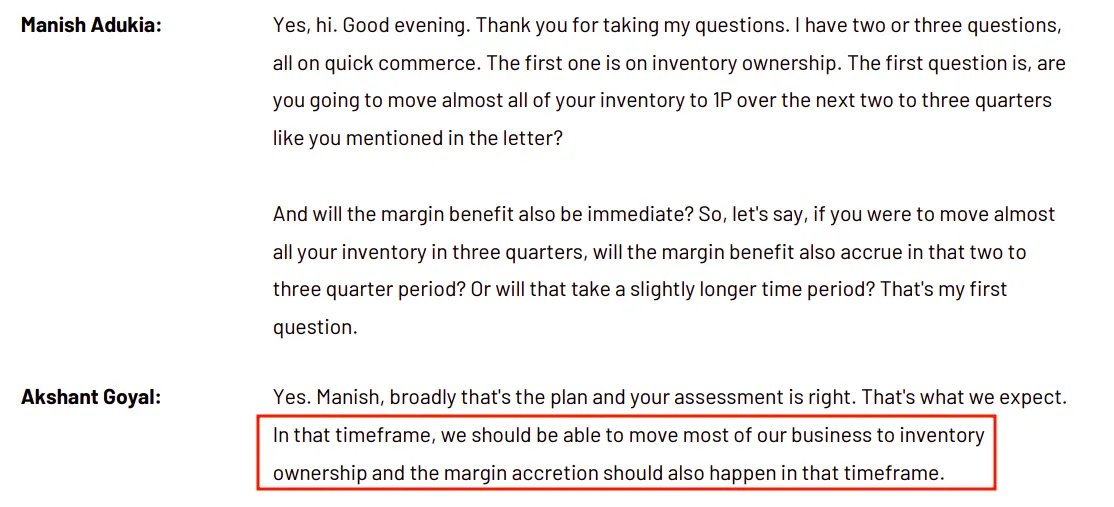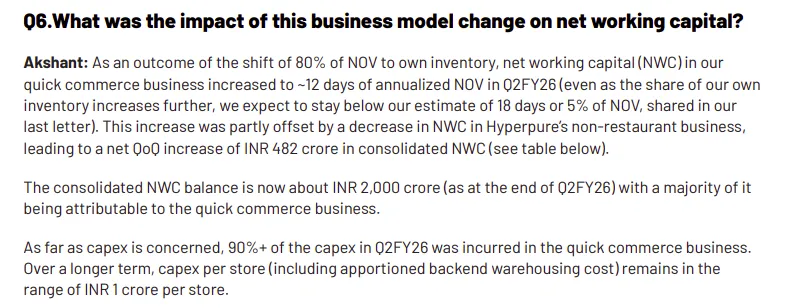India’s energy story is entering its most ambitious phase yet.
We’re building new renewable capacity, modernising our grids, and revamping how electricity moves across the country. Here's what's happening 🧵👇
We’re building new renewable capacity, modernising our grids, and revamping how electricity moves across the country. Here's what's happening 🧵👇
According to the National Electricity Plan, India’s power capacity could hit 609 GW by 2027 and 900 GW by 2032. That’s nearly double today’s capacity.
But this transformation won’t come cheap. It will need ₹32 lakh crore of capital spending between FY26 and FY32. And roughly three-fourths of that will have to be financed by debt.
Image: BSE.
Image: BSE.

In other words, India’s energy transition needs lakhs of crores in loans. The catch? Traditional banks aren’t exactly eager to lend. They still remember the last time the power sector burned them.
A decade ago, bad loans from power projects crossed ₹1.7 lakh crore, pushing Indian banks deep into NPAs. That scar still runs deep, so most banks now tread carefully around large power exposures.
So who’s financing India’s power transition today?
A special class of lenders has quietly taken over. They’re called Power Infrastructure Finance Companies, or P-IFCs.
These are mostly government-backed NBFCs that lend almost exclusively to the power sector.
A special class of lenders has quietly taken over. They’re called Power Infrastructure Finance Companies, or P-IFCs.
These are mostly government-backed NBFCs that lend almost exclusively to the power sector.
The big three are Power Finance Corporation (PFC), REC Limited (REC), and Indian Renewable Energy Development Agency (IREDA).
Together, these three now fund over half of all outstanding power-sector loans, roughly 52% as of March 2025.
Image: Care Ratings.
Image: Care Ratings.

Banks’ share has been falling steadily as these specialised financiers stepped in.
Between 2020 and 2025, their combined loan books grew about 11 to 12% a year, a big rebound after nearly a decade of stagnation. And within that growth lies a quiet reshaping of India’s energy map.
Between 2020 and 2025, their combined loan books grew about 11 to 12% a year, a big rebound after nearly a decade of stagnation. And within that growth lies a quiet reshaping of India’s energy map.
In 2020, half their loans went to coal-based power projects. By 2025, that share had dropped to 27%, while renewable projects rose from about 10% to 17% of total lending.
They’ve also started lending more to private players.
Private borrowers, mostly renewable developers, now make up 15 to 20% of their portfolios, up from just 10% five years ago.
Private borrowers, mostly renewable developers, now make up 15 to 20% of their portfolios, up from just 10% five years ago.
Why?
Because renewables have become cheaper, bankable, and policy-favoured. Government targets, global climate finance, and falling solar and wind costs have made the sector far more creditworthy.
Because renewables have become cheaper, bankable, and policy-favoured. Government targets, global climate finance, and falling solar and wind costs have made the sector far more creditworthy.
But here’s the twist.
This lending boom hasn’t been entirely market-driven. Much of it has come from government schemes that channel money through these NBFCs.
This lending boom hasn’t been entirely market-driven. Much of it has come from government schemes that channel money through these NBFCs.
During COVID, for instance, the government launched a Liquidity Infusion Scheme (LIS) and a Late Payment Surcharge (LPS) plan to help struggling power distributors clear dues.
PFC and REC disbursed the funds, and their loan books ballooned.
PFC and REC disbursed the funds, and their loan books ballooned.
Now, a new programme is keeping them busy. The Revamped Distribution Sector Scheme (RDSS) aims to modernise the power distribution network through smart meters, new wires, and upgraded substations.
PFC alone had approved over ₹1.17 lakh crore in RDSS loans by late 2023.These schemes explain why P-IFCs’ disbursements often jump in bursts, each tied to a fresh policy push.
So, how are the big three doing? Let’s look at them one by one.
Starting with Power Finance Corporation (PFC).
PFC is the largest of the lot and even owns REC. It finances everything from power generation to transmission and distribution, and lately, even non-power infrastructure.
Starting with Power Finance Corporation (PFC).
PFC is the largest of the lot and even owns REC. It finances everything from power generation to transmission and distribution, and lately, even non-power infrastructure.
In the first half of FY26, PFC reported its best-ever profit of ₹16,816 crore, up 17% year on year.
Its loan book grew about 10%, touching ₹11.4 lakh crore by September 2025.
Image: PFC
Its loan book grew about 10%, touching ₹11.4 lakh crore by September 2025.
Image: PFC

Its asset quality looks pristine on paper. Gross NPAs stand at 1.45%, and net NPAs are near 0.3%. That’s extraordinarily clean for an infrastructure lender.
But there’s a nuance. Most of PFC’s borrowers are state-owned utilities whose loans carry implicit state guarantees.
But there’s a nuance. Most of PFC’s borrowers are state-owned utilities whose loans carry implicit state guarantees.
They almost never show up as NPAs, even if payments are delayed for years.
Its private-sector book tells a truer story. NPAs there hover around 7 to 8%.
Still, PFC has been tilting slowly toward renewables, where competition is heating up and yields are thinner.
Its private-sector book tells a truer story. NPAs there hover around 7 to 8%.
Still, PFC has been tilting slowly toward renewables, where competition is heating up and yields are thinner.
Next, REC Limited.
REC historically funded rural electrification and distribution networks, and 88% of its loans still go to those areas.
Like PFC, REC is a nodal agency for major government programmes, from 100% household electrification to RDSS.
That means its growth often mirrors policy cycles.
REC historically funded rural electrification and distribution networks, and 88% of its loans still go to those areas.
Like PFC, REC is a nodal agency for major government programmes, from 100% household electrification to RDSS.
That means its growth often mirrors policy cycles.
REC’s loan book rose to ₹5.8 lakh crore by September 2025, up 7% year on year.
Its first half of FY26 profit hit ₹8,877 crore, up 19%.
Asset quality looks almost spotless, with gross NPAs around 1% and net just 0.24%.
Image: REC.
Its first half of FY26 profit hit ₹8,877 crore, up 19%.
Asset quality looks almost spotless, with gross NPAs around 1% and net just 0.24%.
Image: REC.

Interestingly, REC has diversified faster than PFC.
About 12% of its portfolio now sits in non-power infrastructure such as metros, ports, and other public projects.
About 12% of its portfolio now sits in non-power infrastructure such as metros, ports, and other public projects.
Finally, IREDA, the smallest but most specialised.
It lends exclusively to renewable energy and energy-efficiency projects, from solar and wind to green hydrogen and storage.
IREDA’s loan book jumped 31% year on year to ₹84,477 crore by September 2025. That makes it the fastest-growing of the three.
But its NPAs at around 3.2% are also higher, reflecting the riskier, private-sector nature of its borrowers.
Image: BSE.
It lends exclusively to renewable energy and energy-efficiency projects, from solar and wind to green hydrogen and storage.
IREDA’s loan book jumped 31% year on year to ₹84,477 crore by September 2025. That makes it the fastest-growing of the three.
But its NPAs at around 3.2% are also higher, reflecting the riskier, private-sector nature of its borrowers.
Image: BSE.

Together, PFC, REC, and IREDA have been indispensable to India’s energy transition. But their growth comes with caveats.
Much of their recent lending was policy-driven, not organic. Once schemes like RDSS or LPS wind down, loan growth could slow.
Much of their recent lending was policy-driven, not organic. Once schemes like RDSS or LPS wind down, loan growth could slow.
• • •
Missing some Tweet in this thread? You can try to
force a refresh







